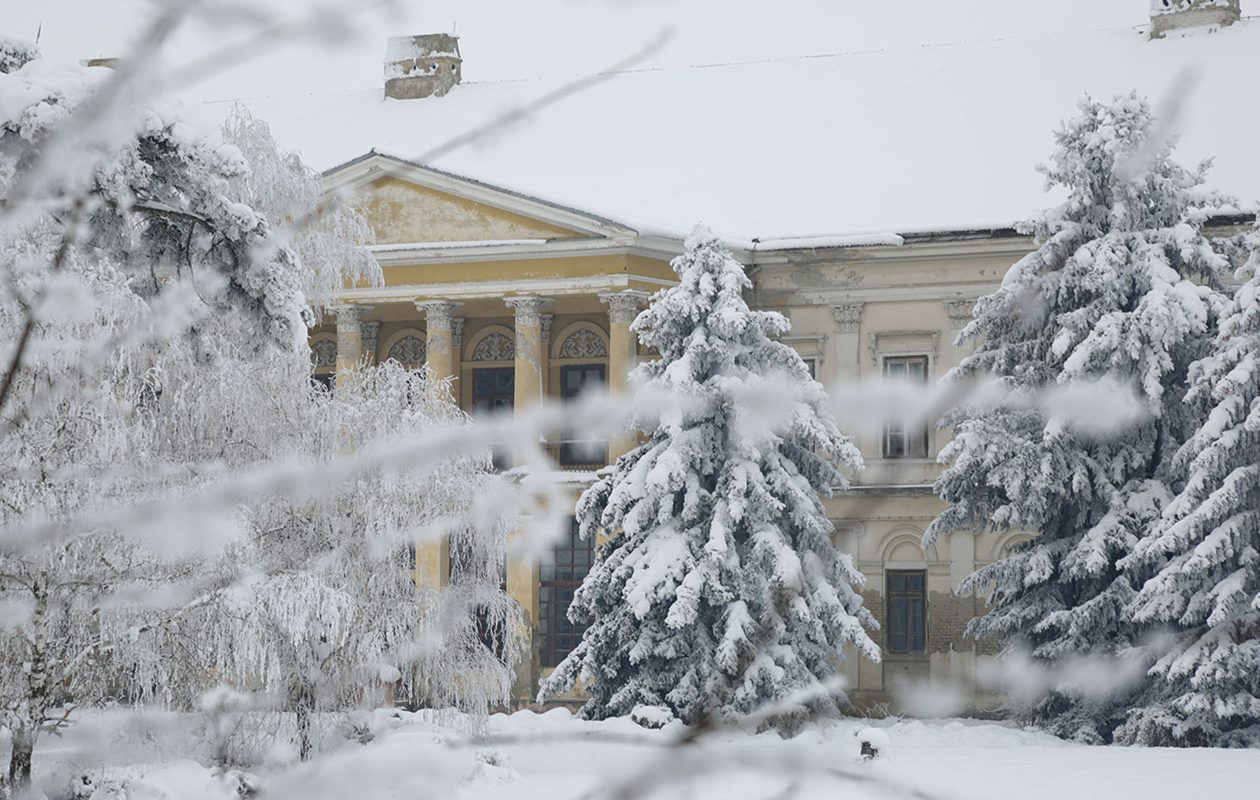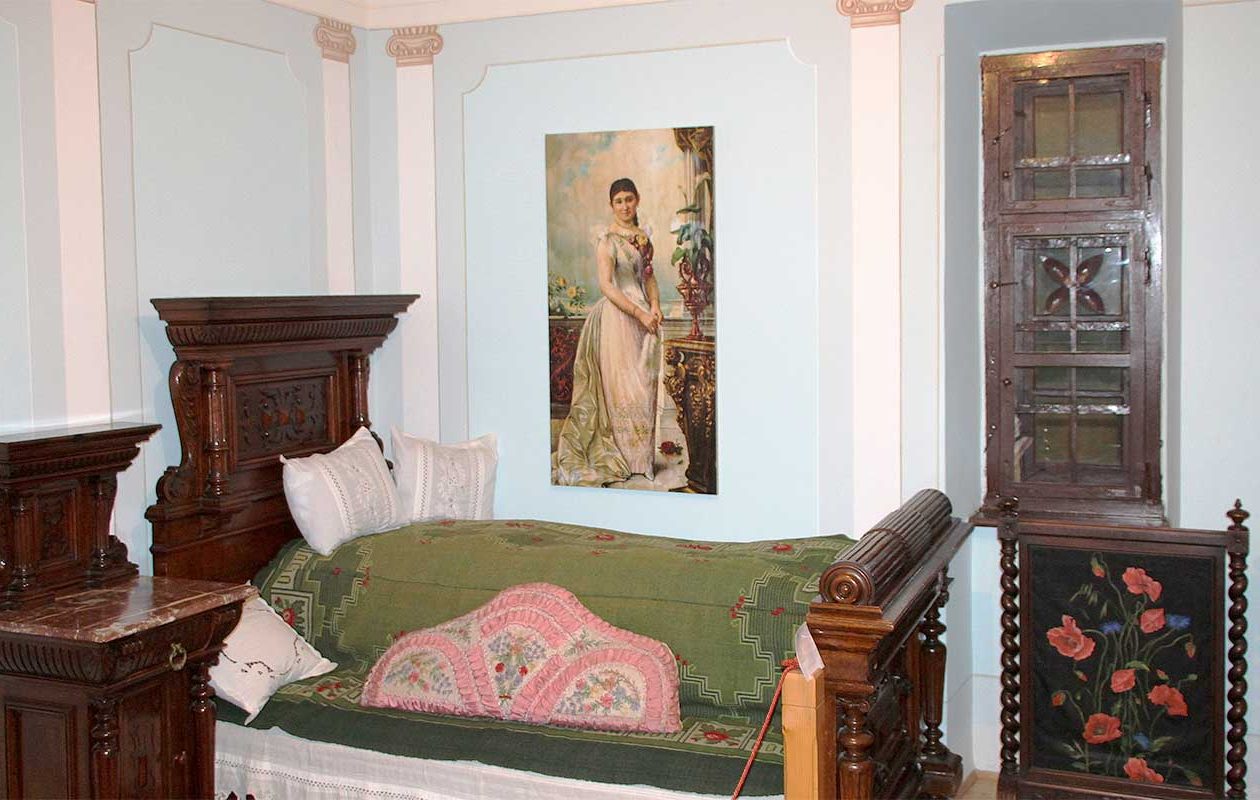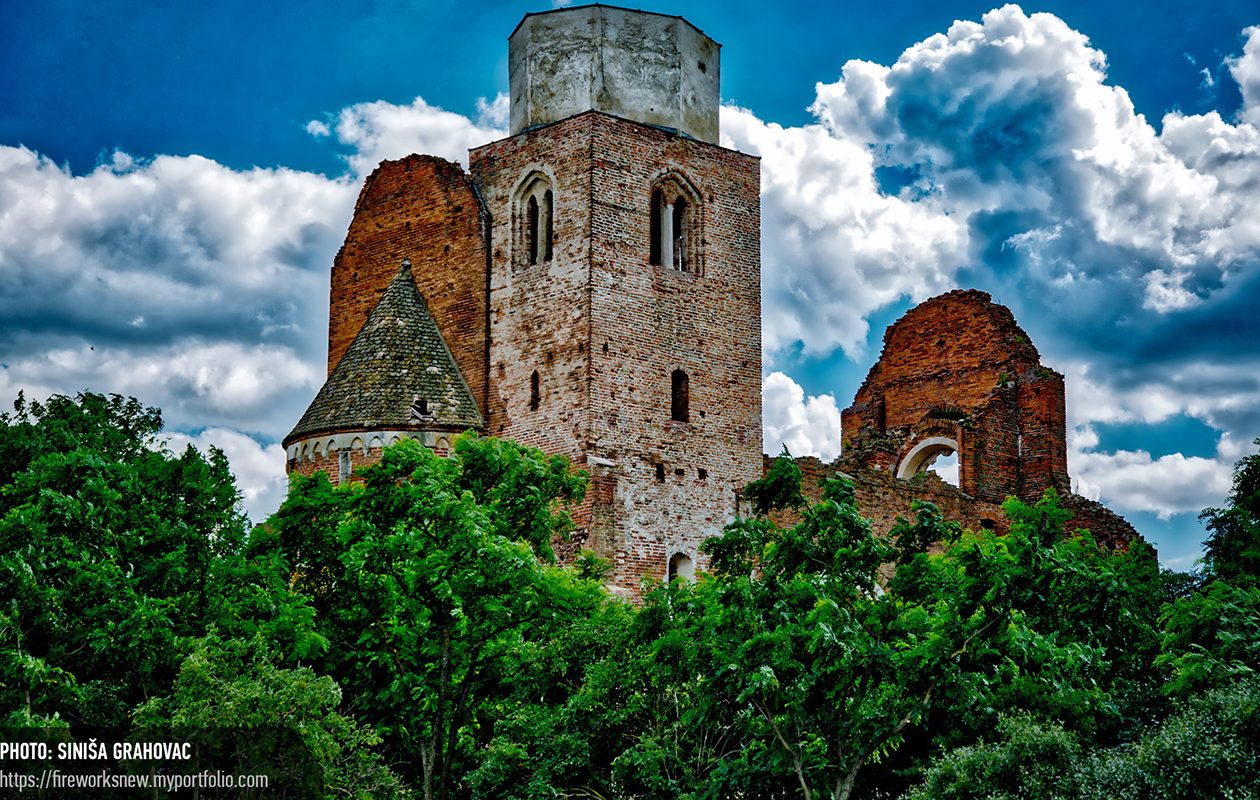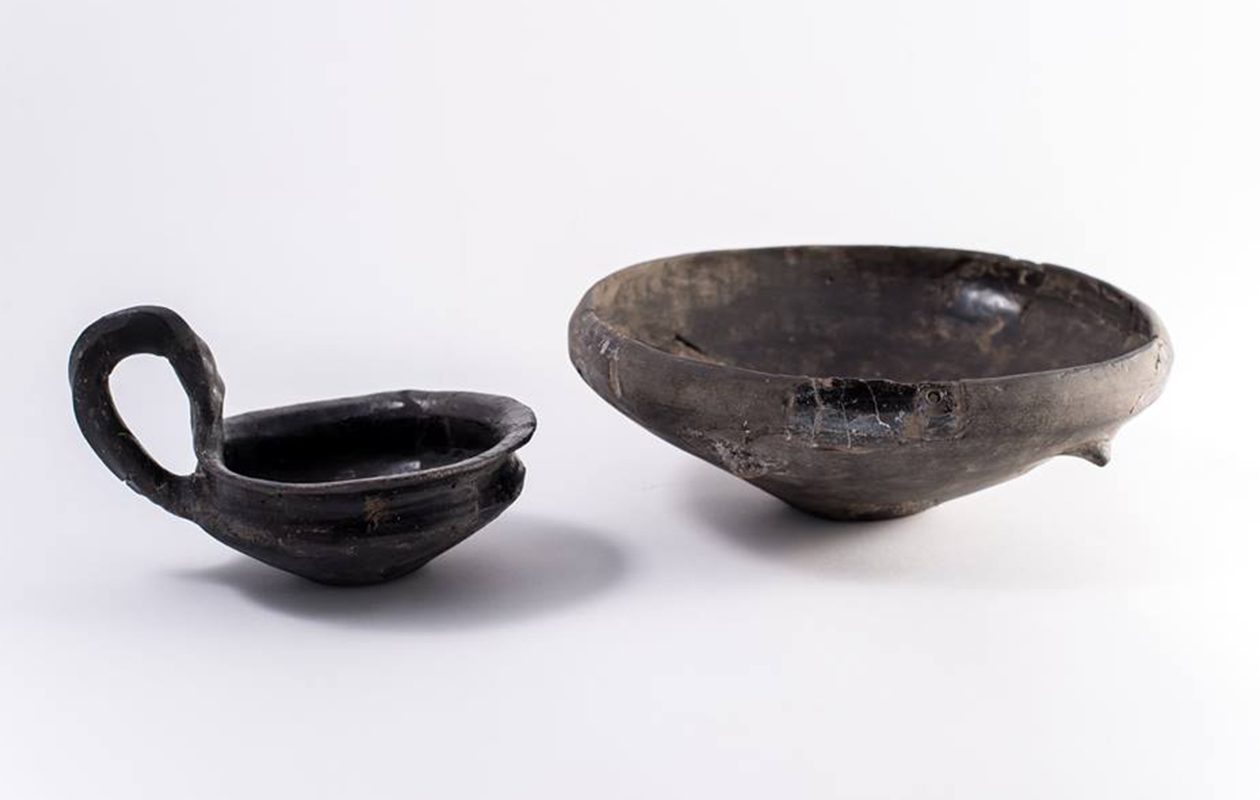The fortress “Old Town”
The fortress “Old Town” on the river Tisa bank, that was fortification in the 20s of the 13th century, is very special and attractive historical place in our town. It was built between 1300 and 1320 and its main purpose was to protect and control river boating and to charge the customs for goods transportation from Banat to the other parts of Austro-Hungarian monarchy.
The historian Rudolf Schmidt was the first who published the data about this fortress in his essay “The Town of Bečej” in the Gazette of historical society in 1939. Using the historical archive and data as well as the fortress plan which is now in Kriegsarchiv in Vienna, and was made by Engineer Captain Johann Christian de Kollet before demolition of the fortress in March 1701. There are some very detail information in this essay about the fortress development, its purpose and rulers who stayed in it. According to the author, the fortress was typical medieval city on the water. It was built in the best location, on the island. Based on the study of available maps, we know that the island lengthen from the Old Town ruins by the river Tisa to the sign of 68th kilometer.
Its length was 600-700m and width was 80-100m. According to other fortress plan from 1862, the island was shown as longitudinally split whose bigger part belonged to Bačka and smaller part to Banat. The map from 1930, which is also a part of the map of Geographical YNA Institute, shows that the island is actually the sandbank connected to Bačka. Fishermen remember that when the water level was higher it remained under it. Considering that the turbulent river washed off the Banat coast, the river bank on the Bačka side was shored up above the island so that Banat side could be protected from mudslide. In time, branches, mud and send was pilling up and the sandbank, later island, was formed. During the great melioration works at the end of the 18th century, today the river Tisa flows over the island’s fortification, and the remains of only one of the towers are visible.
All the parts of the fortification were built at the same time, without decorations and ornaments that would symbolize wealth and luxury. Its purpose was only to protect. The fortress was built of bricks and the edges on the main town’s tower were covered with stone. There was a moat around the fortress: 30m wide and 3m deep.
The entrance to the front town was over the drawbridge edged with palisade. Next is the first town’s gate protected by the half-tower on its side. When you passed through the gate you entered the first yard with the rise. Straight ahead was the main tower. Behind it, leaned on the outer wall, was the Commander of the Fort’s apartment. The town itself, without front fort, had the size of 2231 m2 and the fortress was 48,5m in diameter. The length of ramparts and towers was 280m.
The fortress and its history are the part of Novi Bečej and Vranjevo history. It changed its owners so often: Stefan Lazarević, Đurađ Branković, Janoš Hunjadi, Sibinjanin Janko, Matija Korvin. Its significance and its history are connected to the rich history of Arača.
Bečej was mentioned for the first time in documents in 1238, when King Béla IV gave it as a present to the Crusader Assembly from Székesfehérvár (Stoni Beograd). The village Bečej (villa Wechey) belonged to royal command of the Bač fortress together with freight and the fair law. According to papers, the Crusader Assembly built the town Bečej on the best location on the island, to secure their estate in Bečej and because of the profitable transportation on the river Tisa. Fortification and the town were built in the first half of the 14th century, but there was some information that it could be earlier. This can be claimed because in its ruins the remaining of the old Roman fortress and the Roman coins were found. The sword from the 11th and the beginning of the 12th century was also found here. That shows us that the Crusaders from Székesfehérvár were not the one who built the fortress, but it was there before they came.
There was no information about the fortress for a long time after 1342. Then in 1386, the future Hungarian King Sigismund who was Margrave of Brandenburg, gave the fortress to brothers Ladislav and István Losoncy. It is not certain when the fortress became the property of Serbian Despot Stefan Lazarević, but it was his in the 14the century. Stefan’s nephew, Đurađ Branković inherited it in 1419. He spent there his old age, keeping political contacts, enjoying in hunting and relaxing. He gave Bečej and area around it (ten villages and four towns) to his cousin Pavle Birnjanin of Verona in 1441. Since 1442, Torontal County Assembly had been kept here.
Despot Vuk Branković (Fiery Dragon Wolf) successfully defendet it from Turks at the end of the 15th century. After the extinction of Branković line and the death of Matija Korvin, Bečej became the propoerty of Geréb de Vingárti family. Bečej fortress was mentioned in the rebellions led by Dózsa György until Turk army won it under the command of Sokollu Mehmed Pasha. There are not many information about the rule of the Turks. Some valuable information left us the travel writer of that time, Evliya Çelebi, in his travelogue “Beautiful City of Bečej“. In this period of time the fortress didn’t have military significance. By order of Prince Eugene of Savoy it was turned into the warehouse in 1697, and by the decisions of The Treaty of Karlowitz all fortifications at the river Tisa were destroyed so as Bečej fortress in 1701. The demolition started in March 1701 and was ended in May 5th of the same year. Foundation’s remaining was obstacle for boating on the river Tisa, so it was also demolished in 1911.
Dr. Jene Sentkalari (1843-1925), a well known theologian and historian from Novi Bečej, said in his writings about the fortress: “A respectful relic of the noblest patriot and exalted civic virtues of ancestors... "





Other sights
CHOOSE THE BEST FOR YOURSELF



